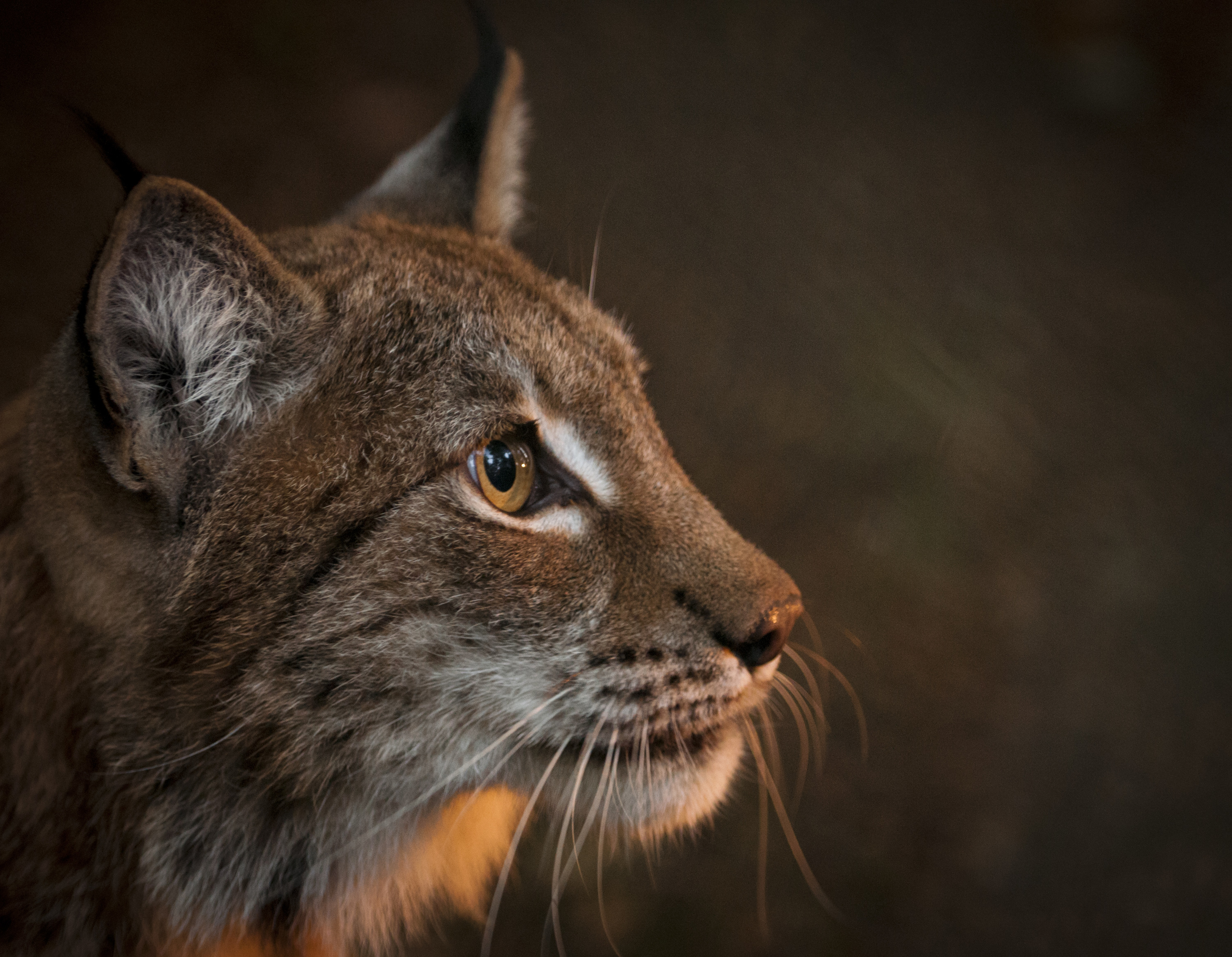The British sheep industry has united in outrage at a wildlife charity’s proposal for a trial reintroduction of Eurasian lynx to Kielder Forest.
The forest, which spans Northumberland and the Scottish Borders, has been identified by the Lynx UK Trust as an ideal site for a trial reintroduction. It argues there is low human population density, few barriers and threats such as roads and railways and says the area is largely “contained from sheep farming”.
Lynx UK Trust claims the wild forest cats would help control deer numbers and suggests the gross value added by each individual lynx to the economy of the region would be up to £15,000. Consultations with regional stakeholder organisations have already begun and the Trust plans to meet and talk with locals about the potential reintroduction trial at an informal event on August 11.
NFU Scotland (NFUS) described the proposal as brazen and presumptuous and vowed to take any necessary steps to stop it happening if the interests of farming and crofting were put at risk.
And the National Sheep Association (NSA) said it was “dismayed” and emphasised the need for a full independent consultation for any licence application. NSA chief executive, Phil Stocker said the UK was too small an island and too densely populated.
Kielder straddles both Scotland and England so approval for any reintroduction of the species would have to be granted by both Scottish Natural Heritage and Natural England. NFUS vice president, Rob Livesey said the process for securing permission for the trial release of lynx was long and complex and any application would be subject to analysis and debate.
He added: “NFU Scotland is confident that any application by the Lynx UK Trust will receive robust scrutiny, and that the Trust’s expectation of a ‘speedy and positive’ response from Scottish Natural Heritage is misplaced and misjudged.”
It was just over a year ago that the Lynx UK Trust first announced plans to reintroduce Eurasian lynx to the British Isles. The animals dwindled to just 700 individuals in Europe in the 1940s but numbers have now climbed to around 8000 and the Trust claims there is little threat to sheep farming with “an extremely low predation rate on agricultural animals, with each lynx averaging just 0.4 kills of sheep per year.”
However the Trust’s chief scientific advisor, Dr Paul O’Donoghue conceded the proposal was not a foregone conclusion.
He added: “We’re very interested in what everyone in this region has to say about the idea. They could be living and working alongside the lynx in the near future, which really is an unprecedented opportunity in the history of UK wildlife reintroductions.”







